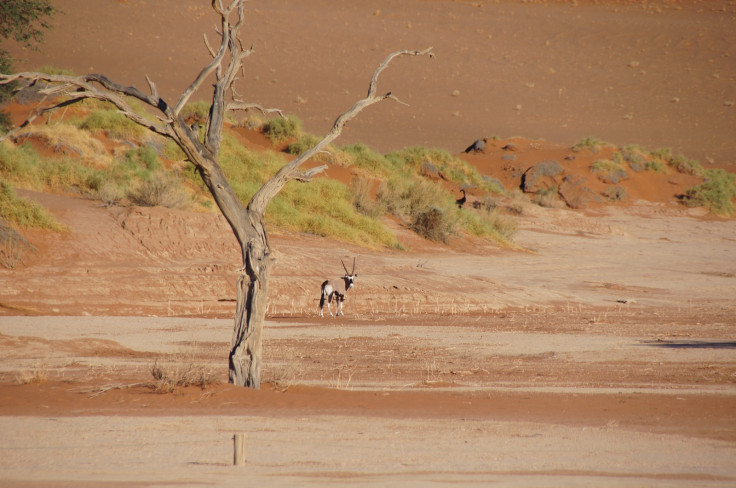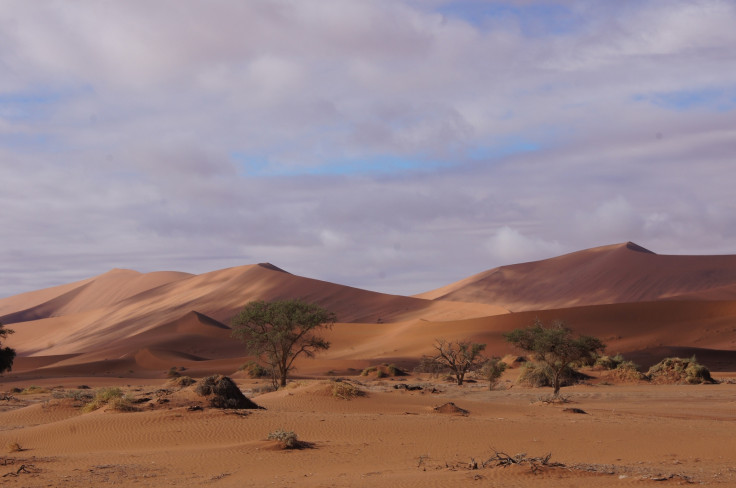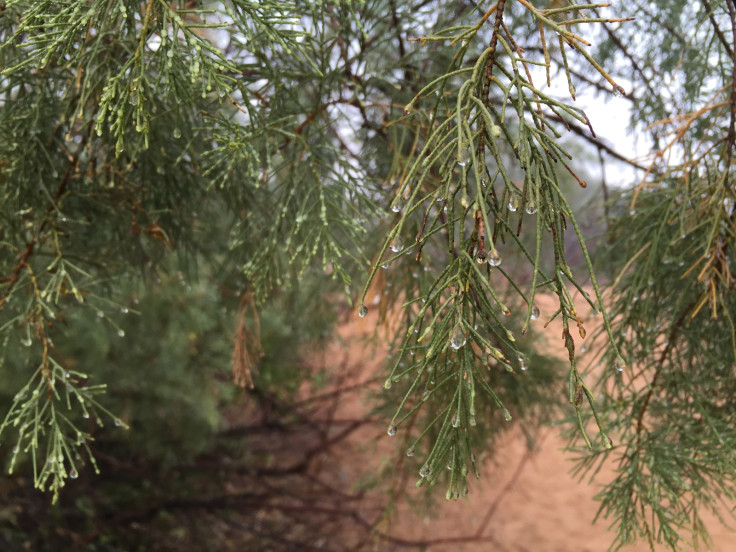Water buried deep below Earth's surface creates life-sustaining fog in the Namib Desert
Fog and dew provide water to arid ecosystems and could be crucial to understand how climate change will affect deserts.
Where do non-rainfall waters found in deserts come from? Answering this question may help scientists uncover how dryland ecosystems, which cover 40% of the total land surface on Earth, will fare as temperatures continue rising.
A team from Indiana University-Purdue University Indianapolis (US) has worked on the topic, studying and characterising two distinct sources of water found in the Namib Desert in southern Africa – dew and fog.
Both dew and fog supply critical amounts of water to arid ecosystems but their origins and their role in the hydrological cycle have largely been understudied to date. This has hindered scientists' ability to predict the response of these ecosystems to future warming conditions.
In the study now published in Science Advances, researchers have conducted multiple stable isotope analyses to track down the origins of fog and dew, showing that they are multiple.
The sources of fog and dew
Fogs and dews are different meteorological phenomena despite scientists often studying them as one. In coastal regions, they are thought to come from the ocean ("advective" fog and dew). However, in desert regions, the contribution of the ocean is less obvious.
"Fogs form in the air, in saturated conditions, while dew form on the surface. It is important to differentiate them to understand whether global warming will differently impact their ability to form in the future, and how", lead author Lixin Wang told IBTimes UK.

With his colleagues, he pointed out that many dryland ecosystems have groundwater resources which may be the source of non-rainfall water (such fogs would be known as radiation fog). Taking the example of the Namib Desert, considered to be the oldest desert in the world, the scientists set out to find out if that was the case.
They analysed the distinct isotopic signature of rain, fog, dew and groundwater samples, identifying three types of fog (advective, radiation and mixed) and three dew types (groundwater-derived, advective and shallow soil water-derived).

The scientists reported that radiation fog from local water sources was found to be the dominant fog type in the Namib Desert. This was an unexpected result because advective fog from the ocean was expected to be the principal source in this coastal desert.
"Surprisingly, the non–ocean-derived, locally generated fog accounts for more than half of the total fog events, suggesting a potential shift from advection-dominated fog to radiation-dominated fog in the fog zone of the Namib Desert", they write.
This shift could change the way flora and fauna are distributed across the desert. Many species depend on non-rainfall water to survive - many plants absorb fog water through their leaves.

The relevance of non-rainfall water is set to increase as rainfall is predicted to decline in many dryland ecosystems, in the context of climate change. But it's unclear whether fog and dew will be able to form in large amounts, if temperatures remain elevated.
"Cold days are necessary for water vapour to condense into fog, so we can't be sure yet how much fog will be able to form in the future over deserts. However, we have already seen the consequences of rising temperatures on some desert species", Wang concluded.
"Beatles for example use fog to survive, but we have seen them progressively move closer to the coasts to respond to the fact that less fog is forming inland. Locally generated fogs originating from groundwater won't be enough to help them, because these are smaller fogs with different characteristics".
The study was funded by the National Science Foundation.
© Copyright IBTimes 2025. All rights reserved.






















